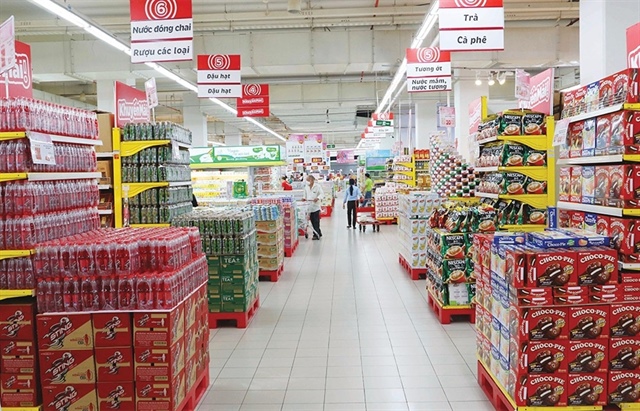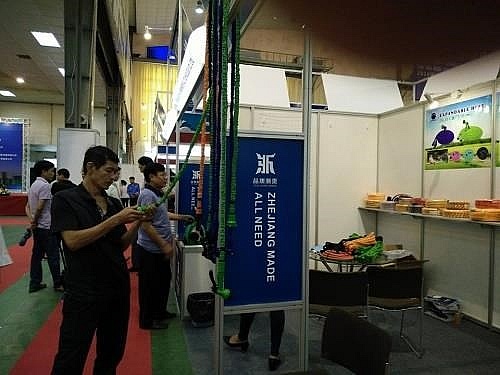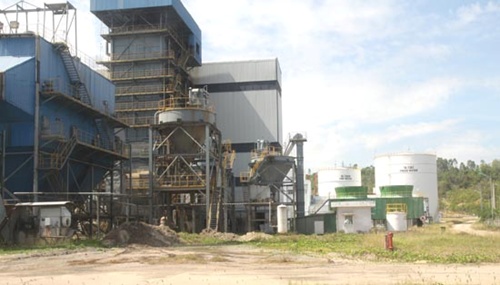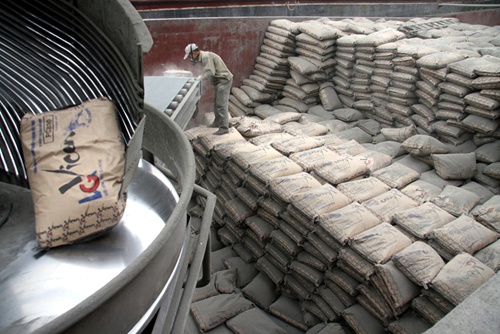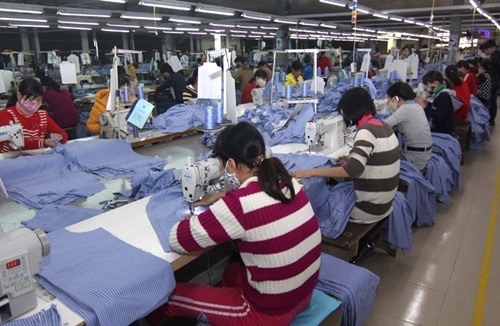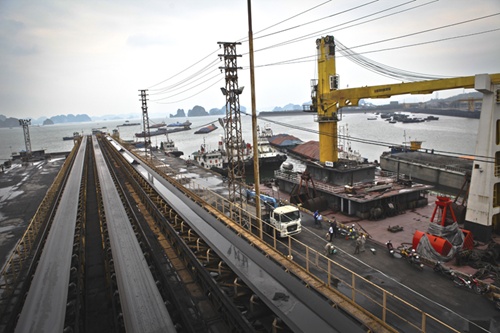Vietnam poised to become world’s textile production center: garment executive
Vietnam poised to become world’s textile production center: garment executive
Vietnam’s rapidly expanding textile industry has every chance of becoming the world’s leading textile producer within the foreseeable future, according to an industry insider.
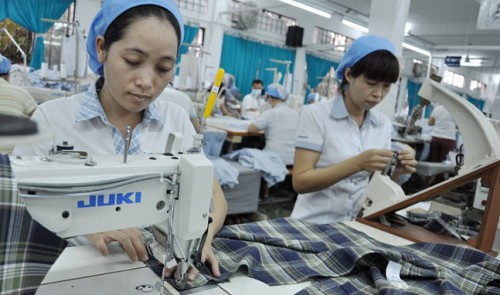
According to Le Tien Truong, general director of the Vietnam National Textile and Garment Group, the Vietnamese textile industry currently ranks fourth globally in terms of , behind textile giants China, India, and Bangladesh.
Truong said, however, that Vietnam is the only country that consistently maintains a two-digit growth rate in the sector, proving its competitiveness in the global textile market and reaffirming its potential to become the world’s textile production hub.
In 2015, Vietnam’s textile industry exported US$27.3 billion worth of garments and employed 2.5 million workers, constituting a fifth of all new jobs created in the country.
Any country that is to become the world’s textile production center, according to Truong, must be able to supply 10 percent or more of the global demand, secure sustainable development for 20 to 30 years, possess an established supply chain with 50 to 60 percent of the materials domestically sourced, have a relatively large domestic market, and have access to seaport networks convenient for the shipment of products in the shortest possible time, among others.
With reference to those qualities, Truong assessed that Vietnam possesses all of the requisite characteristics to become the center of international textile production.
Elaborating on his assertion, Truong said that it is within the industry’s capability to employ five million more workers in the next 10 to 15 years.
Additionally, the domestic supply chain already accounts for 35 percent of the materials for the textile industry and can reach 50 percent in the next five years, allowing Vietnam to position itself as a global leader in textile production.
Vietnam’s large and growing population of over 90 million and the country’s location at the intersection of the world’s busiest shipping lanes are favorable for the transport of goods by sea, he added.
However, Truong suggested that in order to realize its vision, Vietnam should increase labor productivity and domestic supply ability to 60 percent by 2020, improve the quality of human resources, and invest or call for investment to establish 10 to 15 material production and design centers to supply garment companies throughout the country.
In addition, Truong addressed the urgency of an administrative reform to minimize the time of processing export-import, tax, and customs procedures.


